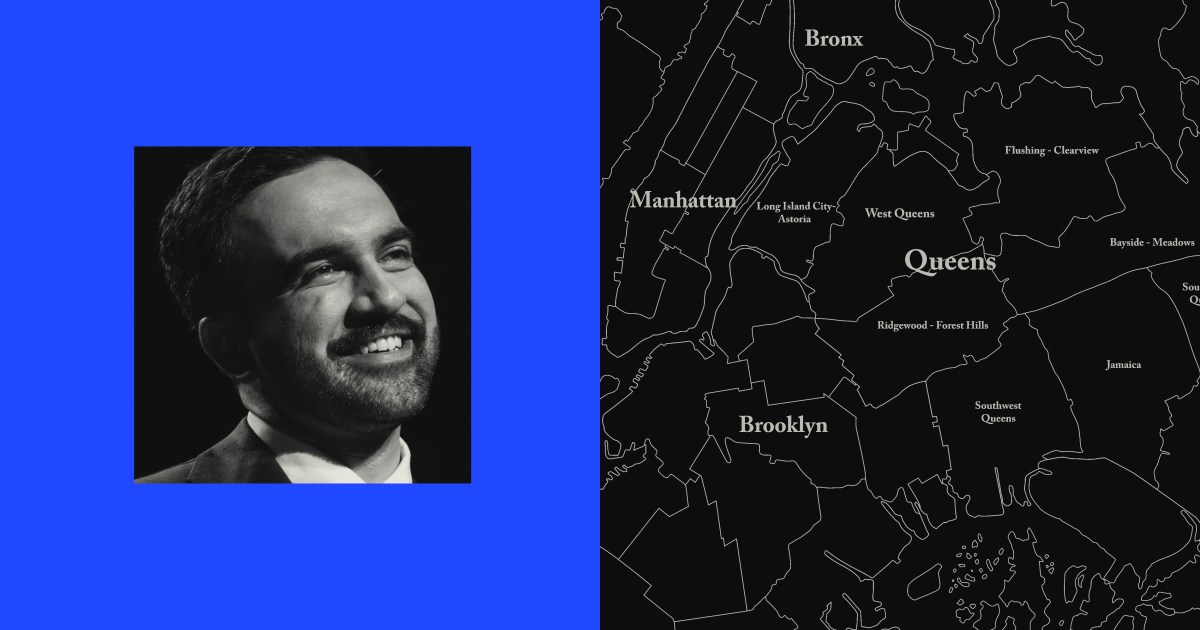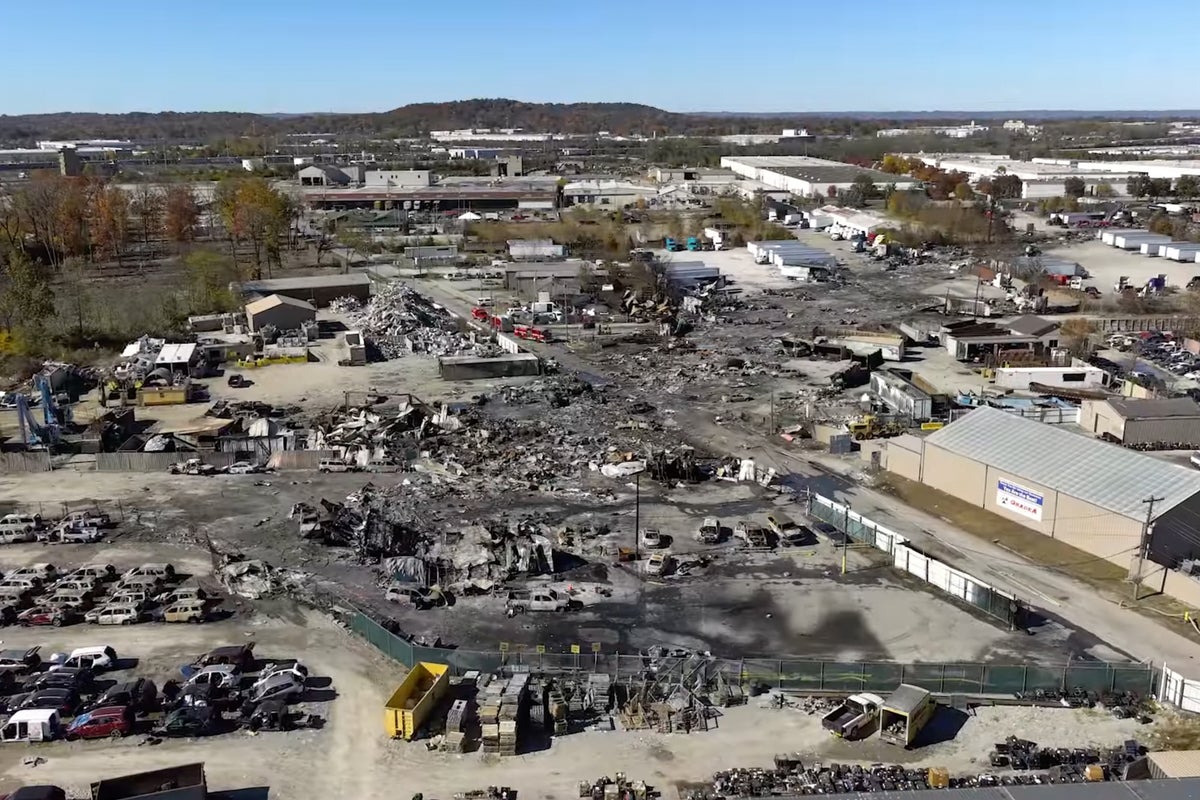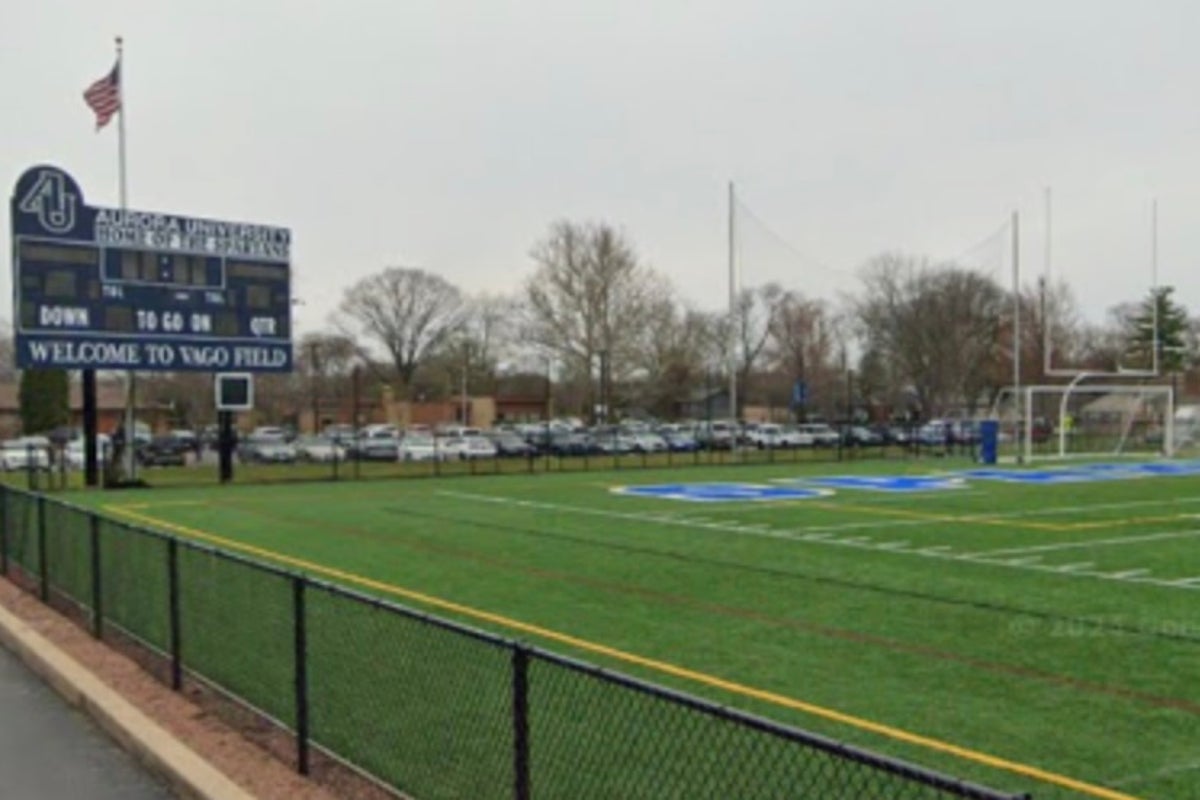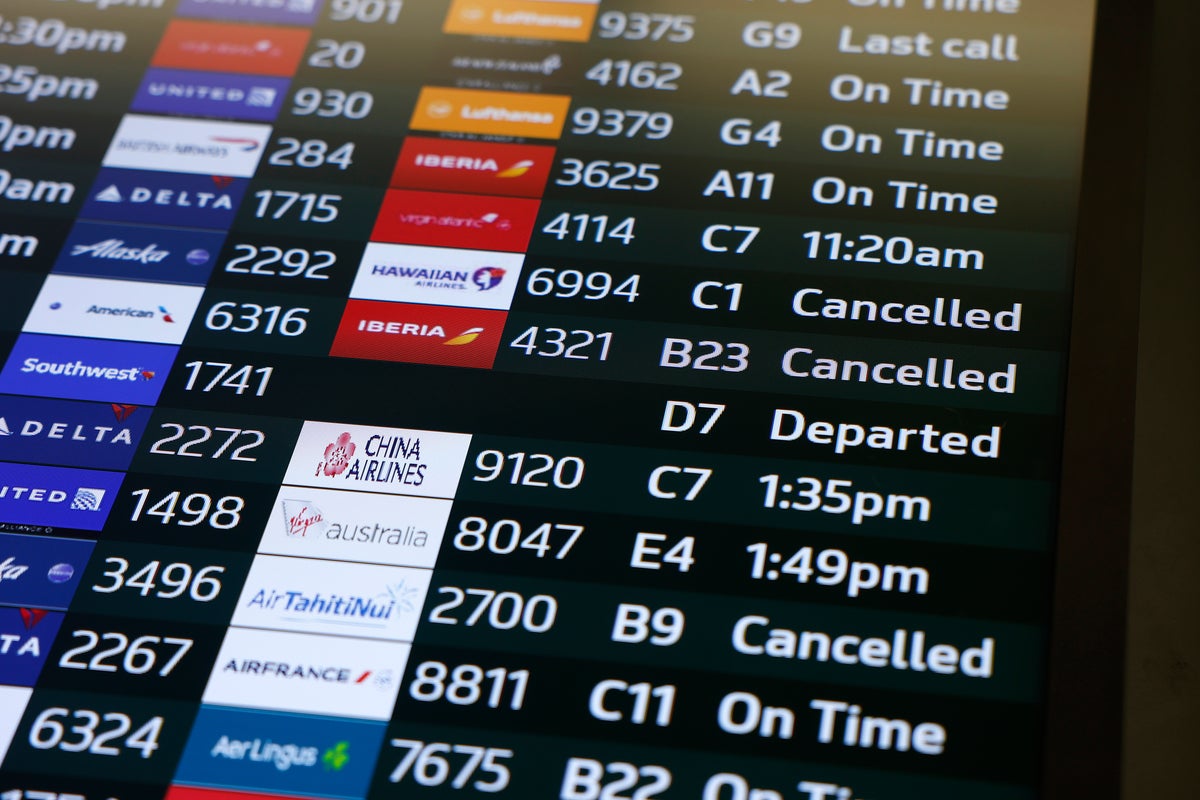At this point last November, Zohran Mamdani was a largely unknown state assemblyman, and the Democratic Party’s brand in New York City was at rock bottom.
In the 2024 election, President Donald Trump picked up about 100,000 more votes in the city than in 2020; Kamala Harris fell more than half a million votes shy of Joe Biden’s total. And some of the most dramatic shifts in the entire country could be found in immigrant neighborhoods in Mamdani’s home borough of Queens. The party’s outer-borough collapse mirrored the party’s national crack-up; as it spent millions to court college-educated voters in the suburbs, Democrats were losing ground with the sorts of working-class, non-white voters in blue cities who traditionally helped form the backbone of the party. The term you kept hearing over and over was “realignment.”
When we chatted with residents and elected officials this spring, in the Queens neighborhoods of Jackson Heights and Corona, we found deep-seated frustrations with Democratic governance—and concerns about crime, immigration, sex-workers, poor services, and the cost of living. Many people brought up the pandemic, which had hit the area hard and damaged people’s faith in the social contract.
Subscribe to Mother Jones podcasts on Apple Podcasts or your favorite podcast app.
“The former governor, Andrew Cuomo, never stepped foot in Corona, even during the pandemic,” Democratic state assemblywoman Catalina Cruz told us. “I had to fight him to get a vaccination site in my district because while we were the epicenter, because my community was undocumented and immigrant, we were the last ones to get help.” Corona, she said, was what you get “when the government ignores its community.”
Mamdani’s victory on Tuesday over Cuomo was the product of a relentless campaign that united a broad multi-racial coalition with a focus on affordability. But it was also a test of how well the Democratic Party was recovering in the places where it has suffered the most. This outer-borough collapse, clustered most intensely in working-class Latino and Asian communities, loomed over the New York City mayoral race from the start. Mamdani soft-launched his candidacy by talking to Trump voters and non-voters in outer-borough neighborhoods about what it would take to win them back.
So: How’d he do?
Comparing off-year races with presidential elections can be a little difficult, but Mamdani’s vote total—the highest for a winning mayoral candidate since the 1960s—offered some clear takeaways. Although 700,000 fewer people voted in the city this November compared to last, Mamdani actually earned more votes than Harris in a few notable areas.
In parts of the Brooklyn neighborhood of Bushwick, home to many young and left-leaning voters, overall turnout matched or exceeded 2024 totals, and nearly all those votes went to Mamdani. That’s a major achievement for an off-year election, and a reflection of the mayor-elect’s appeal among younger Americans who opposed Trump and were unenthusiastic about the Democratic Party.
In one heavily Bangladeshi precinct on Hillside Avenue, Mamdani ended up winning more raw votes than Harris on Tuesday—despite 14 percent fewer people showing up.
But Mamdani also ran well ahead of Harris in another, much different area: along parts of Hillside Avenue in Queens. This is one of the two neighborhoods Mamdani visited last November to talk to residents about the presidential election. In the now-famous video, voters expressed their frustration with the Democratic Party’s appeasement of Israel and their sense that politicians had done little to address the high cost of living. In one heavily Bangladeshi precinct on Hillside Avenue, Mamdani ended up winning more raw votes than Harris on Tuesday—despite 14 percent fewer people showing up.
The story was similar in other pockets of the city with large South Asian and Muslim populations, and where Democratic support lagged in 2024. Mamdani, despite running against a prominent Democratic former governor, scored a 24-percent improvement on Harris’ vote total in one precinct in Brooklyn’s “Little Bangladesh”—where turnout was just as high as last year.
Mamdani’s energetic emphasis on affordability, his implicit and explicit rejection of unpopular Democratic figures like Cuomo and Mayor Eric Adams, and his unique appeal as one of the city’s first major-party Muslim mayoral candidates helped him make up ground that Democrats had recently lost.
On Tuesday, a few hours before polls closed, we returned to the Queens neighborhoods we profiled earlier this year for Reveal, to see how Mamdani’s pitch had gone over. What we found was backed up by the numbers. It would be wishful thinking to call Mamdani universally beloved, but there were signs that his message of affordability resonated with voters who had been on the fence about Democrats, and that Trump’s 2024 coalition was beginning to fracture.
In conversations with about two dozen voters, we heard firsthand from people who voted Democratic after rejecting Harris last year, and from voters—particularly young voters—who were drawn to Mamdani by his emphasis on issues that affected their lives on a daily basis.
“I don’t take buses because I don’t trust them—I pay for the bus, it just, like, skips my stop or something,” said a young Elmhurst voter named Diego. Another voter outside the precinct said he voted for Trump as “the lesser evil” in 2024, but felt that Mamdani offered a new direction and saw promise in his plans to make the city “affordable.”
“The free bus thing, I think, is great,” he said. “A lot of the time people don’t want to pay for the bus anyway. That’s a good incentive, and honestly, I’d rather if we all paid a little more tax and make the MTA free.”
Beyond Mamdani convincing some Trump voters, there were signs of dissatisfaction in the Republican electorate, too. More than one voter mentioned that they voted for Trump—and not for Mamdani—but were disappointed by the administration.
A senior citizen in Jackson Heights who voted for Cuomo because of his emphasis on public safety told us that he and his wife had both voted for Trump last November.
“He promised a lot of things [were] going to change,” he said.
“But nothing’s changed,” his wife added.
Mamdani had some of his strongest performances in Jackson Heights, an extraordinarily diverse neighborhood with large South Asian and Latino populations. In one heavily South Asian voting district in the neighborhood, Mamdani ran 20 percentage points ahead of Kamala Harris and netted more votes overall.
Outside a polling site in the neighborhood on Tuesday, Abdul Aliy said that he left the presidential line blank last November. “I just couldn’t bring myself to vote for Harris, [and] obviously I wasn’t gonna vote for Trump, so there wasn’t really an option I saw,” he said. But he told us he voted for Mamdani enthusiastically, because the democratic socialist’s platform aligned with his own values: “Free transit, free buses,” he said, rattling off the campaign promises that resonated. “He has this idea of a public market that will stabilize the prices of certain goods—I like that idea.”
Outside of P.S. 89Q in nearby Elmhurst, Rina Hart, a 32-year-old user interface designer, said that she and her family were long-time New Yorkers who had voted for Cuomo in the past. Hart initially thought she would do so again in the primary. But she was turned off by the former governor’s campaign and the wealthy donors backing him. “I was concerned about Mamdani’s experience,” she explained, “but at least he has integrity.”
Her parents ended up voting for Cuomo in the primary, while she and her brothers went for Mamdani. There was no generational divide in the general election: They all backed Mamdani. Hart explained that her mom, who is South Asian, had been alienated by the racist videos promoted by Cuomo’s backers.
“It’s been a really tough time to be a Democrat. And you’re kind of seeing why we didn’t win,” Hart said about Mamdani’s rise in the wake of recent Democratic losses. “It’s been really hopeful.” She now wants the party to move on from Senate Minority Leader Chuck Schumer, who did not endorse the mayor-elect.
“That’s the only way we can get out of this MAGA cycle that we’re in,” Hart said.
Glacel, an Ecuadorian immigrant who has worked at one of the original Equinox gym locations for the past 31 years, went with Cuomo.
She said she didn’t vote in last year’s presidential election because of the local crime and disorder. It was the worst she’d ever seen things get in Queens, and she blamed the decay on Democrats not dealing with the migrant crisis. “Disgusting. Filthy. Messy,” she said. “Ecuador is better than here.”
Another Elmhurst voter, an Argentine immigrant named Miguel Mendez, described himself as a sometime-Democratic voter. He opposed Trump during his first election and had once been curious about Bernie Sanders, but came around to the Republican nominee by 2024. He believed the neighborhood was deteriorating and that Democrats were more interested in pushing their ideology than in fixing it up.
“If it wasn’t the Salvadorans, the MS-13—it was the Tren de Aragua, or even cartels,” he said. “I mean, you can ask anyone over here where the gangs are. You can go to Roosevelt, you see what I mean. The prostitution, it’s everywhere.
Mendez chose Curtis Sliwa. (His girlfriend, he said, told him he couldn’t back Cuomo.)
Despite voting for Trump, he wasn’t happy with how things were playing out in Washington. The second Trump term had been “a big disappointment for me, because I was begging him to talk about all the weird drones that came in New Jersey and New York,” he said. “He said that he was gonna bring that out, same thing with the Epstein names, a bunch of stuff that he’s not doing—so that makes me think that no matter what party the guy who’s in office, they just have to follow an agenda.”
Further along Roosevelt Avenue, in the heavily Latino parts of Queens that swung heavily toward Trump in 2024, the picture was mixed. Turnout in Corona, a working-class Latino neighborhood, was up dramatically from the last mayoral election, but still well short of a presidential year. Among those who voted, data from the New York Times shows Mamdani winning the neighborhood by 11 points.
Ana, a 58-year-old Democratic voter in Corona from the Dominican Republic, said she voted for Cuomo after backing Kamala Harris last year. Like other voters in Corona, the problems along Roosevelt Avenue, which she also blamed on more recent immigrant arrivals, were front of mind.
“I like the Democrats because they’re humanitarians but as a result they’re hurting us,” Ana said. She lamented that her own Democratic representatives had not done enough when it came to immigration.
That included her own member of Congress, Rep. Alexandria Ocasio-Cortez (D-N.Y.). But Ana still mostly liked her congresswoman, who unlike Mamdani, she thought had enough experience.
Ana was skeptical about the feasibility of Mamdani’s plans to make the city more affordable. Free buses won’t make her daily 4 am subway commute to a restaurant job at Google’s Manhattan campus any cheaper. Nor would his proposed rent freeze for stabilized units cover her market-rate apartment.
“You can’t offer free things in New York,” Ana explained in Spanish. “Even looking at something here costs something.” Then she laughed with a sigh of resignation.
Mamdani now has four years to prove voters like her wrong.














